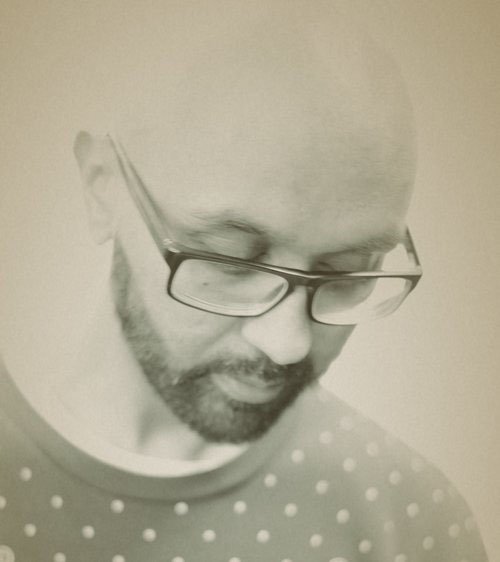
At secondary school I studied Romeo and Juliet as part of my English studies. When the plot of the story was first described to me, I remember thinking that I had heard something similar in the folk stories I had been told by my grandparents as a child. The story I had heard was “Heer” by Waris Shah, a Punjabi folk story where similarly to Romeo and Juliet the lovers, Heer and Ranjha, both tragically die as a result of family interference.
Romeo and Heer, the piece of music I have written is an imagined response to the reuniting of souls after they left the earthy realm. The main themes for me after the couples had experienced so much pain, suffering and heartache where unity, peace and resolve. The music is also inspired by the Sufi poetry of Rumi, Bulleh Shah, Farid and Hafez, who all make references to cultivating a direct union with the divine through ones own heart. I wanted to add the Sufi inspiration as there are parallels with earthly love to the souls separation from the Divine and its painful longing for unity.
I imagined the music to be an evolving texture to represent something ethereal and otherworldly. I created the ambient drones by layering my voice many times and then processing it electronically. I also played tuned Tongue drums to create a subtle sense of melancholy. I wanted a female voice to represent Heer and so I worked with Indian classical vocalist Keertan Rehal. We discussed the mood of the soundscape and when I played her the ambient underscore, she felt that improvising loosely around the notes of the Hamsadhvani raga would work well. A raga is similar to a melodic mode in Indian Classical music (Wikipedia). Finally, I used specially created reverb effects on the voices to simulate the acoustic space of spiritual architecture like churches, cathedrals and the Taj Mahal to add to the ethereal emotiveness of the piece.
Follow this link to listen to Jason's original composition.
Visitors to Shakespeare's Birthplace can also listen to Jason's composition as well as six more new compositions inspired by Shakespeare in our Shakespeare in South Asia exhibition. Part of our 'Crossing Borders' theme for 2017.
